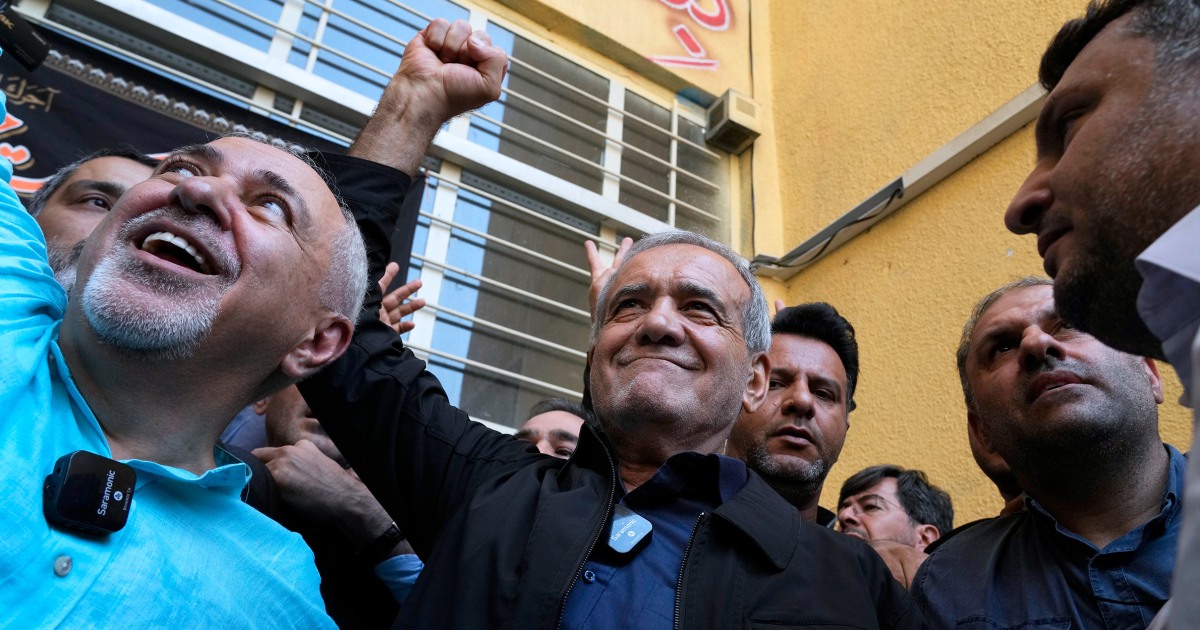Masoud Pezeshkian, a reformist candidate in Iran’s presidential election, won the runoff against hard-liner Saeed Jalili by promising to reach out to the West and ease enforcement on the country’s mandatory headscarf law. He stated that there would be no radical changes to Iran’s Shiite theocracy, with Supreme Leader Ayatollah Ali Khamenei as the final decision-maker. However, Pezeshkian will face challenges in navigating a largely hard-line government, tensions in the Middle East, and Western concerns over Iran’s nuclear program.
Pezeshkian won with 16.3 million votes to Jalili’s 13.5 million in an election with 30 million voters. Despite his victory, he will have to navigate Iran’s internal politics carefully as he lacks experience in high-level security posts. The election saw a historically low turnout of 49.6%, with over 600,000 voided votes.
The Iranian presidential election occurred amid heightened regional tensions, including Iran’s direct attack on Israel over the Gaza conflict, its uranium enrichment activities, and indirect talks with the US under President Joe Biden. The campaign also addressed the potential impact of a re-election of former President Donald Trump and the country’s future foreign policy direction.
Pezeshkian, although identifying with reformists, has also shown support for Iran’s paramilitary Revolutionary Guard. More than 61 million Iranians were eligible to vote, with youth making up a significant portion of the electorate. The late President Ebrahim Raisi, who died in a helicopter crash, was considered a potential successor to Khamenei but faced criticism for his involvement in mass executions and crackdowns on dissent.
Photo credit
www.nbcnews.com




